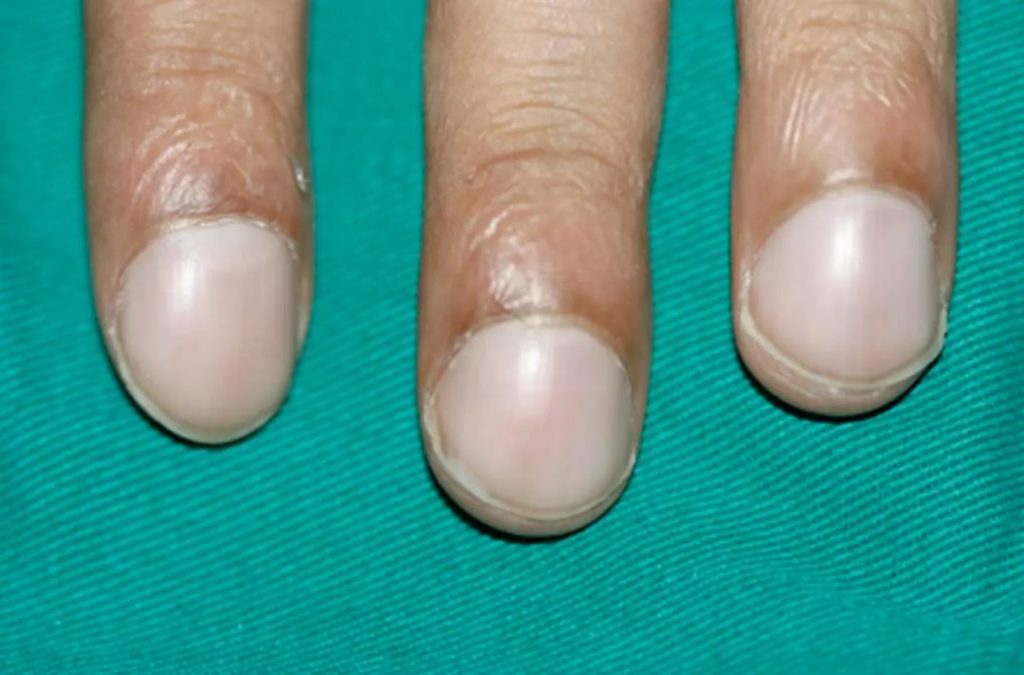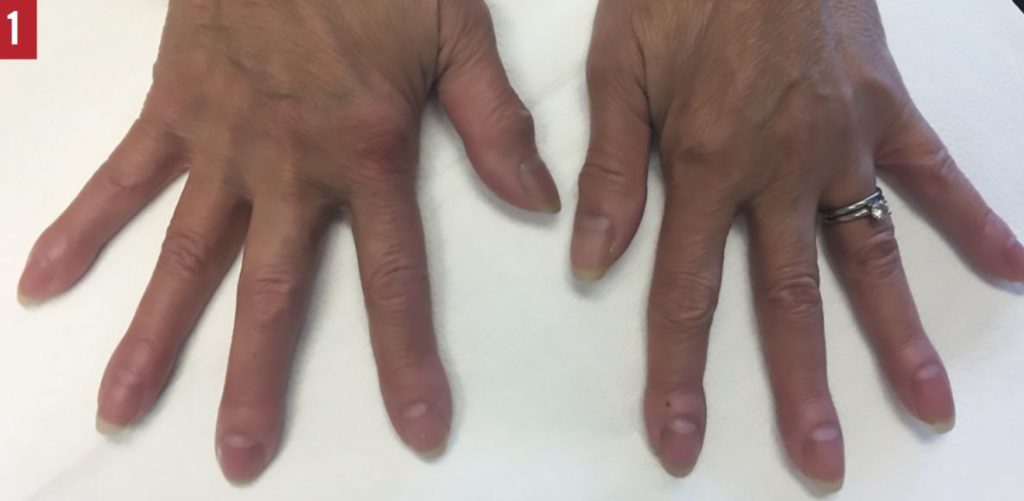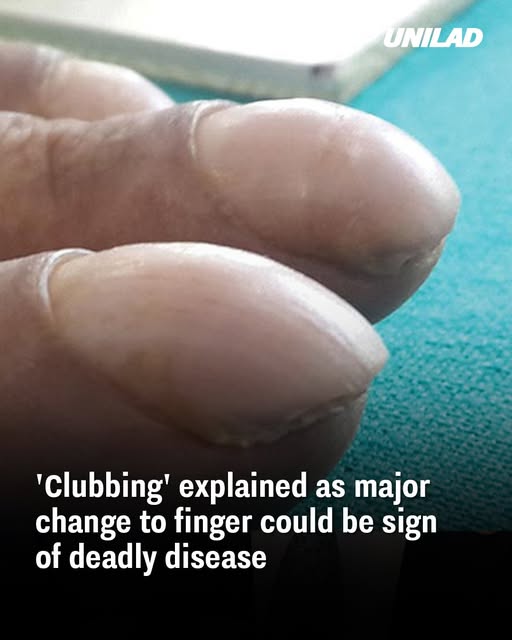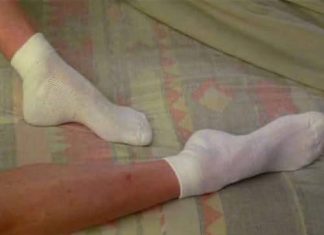Finger clubbing, characterized by changes in the appearance of the fingernails and fingertips, is a condition that can signal underlying health issues, including lung cancer. While not exclusive to cancer, its presence warrants medical attention.
What Is Finger Clubbing?
Finger clubbing involves the enlargement of the fingertips and changes to the nails, making them appear rounded or bulging. The nails may curve downward, resembling an upside-down spoon, and the skin beneath the nails can become soft or spongy. This condition often begins with the thumbs and forefingers before potentially affecting other fingers.

Link Between Finger Clubbing and Lung Cancer
Lung cancer is among the most common causes of finger clubbing. While not all individuals with lung cancer will develop this condition, studies indicate that a significant percentage do. The exact mechanism is not fully understood, but it’s believed that lung tumors may release substances that affect our blood flow, leading to the changes observed in the fingers and nails.
Other Potential Causes of Finger Clubbing
Beyond lung cancer, several other health conditions can lead to finger clubbing. These include:
- Heart Diseases: Conditions that affect the heart’s ability to pump blood efficiently can lead to low oxygen levels, contributing to clubbing.
- Lung Diseases: Chronic conditions like interstitial lung disease, cystic fibrosis, and chronic infections can also cause clubbing.
- Gastrointestinal Disorders: Diseases such as Crohn’s disease and cirrhosis of the liver have been associated with finger clubbing.
- Thyroid Conditions: Hyperthyroidism and other thyroid disorders can lead to changes in the nails and fingertips.
Recognizing the Symptoms
The primary signs of finger clubbing include:
- Enlargement of the fingertips.
- Nails that curve downward and become shiny.
- Soft or spongy nail beds.
- A warm or red appearance of the fingertips.
- If you notice these changes, it’s essential to consult a healthcare professional for evaluation.
Diagnostic Approach
To determine the underlying cause of finger clubbing, doctors will typically:
- Review your medical history and symptoms.
- Conduct a physical examination.
- Order imaging tests, such as chest X-rays or CT scans, to check for lung abnormalities.
- Perform blood tests to assess overall health and organ function.

Conclusion
Early detection of the underlying cause of finger clubbing, especially if it’s related to lung cancer, can significantly improve treatment outcomes. If you observe any changes in your nails or fingertips, seek medical advice promptly. While finger clubbing can be a benign condition, its association with serious health issues like lung cancer makes it a symptom that should not be ignored. Regular self-examinations and awareness of bodily changes can play a crucial role in early detection and treatment of potential health problems. It’s important to remember that finger clubbing alone does not confirm a diagnosis of lung cancer or any other condition. However, noticing changes early and consulting a healthcare professional can lead to timely investigations and treatment. Maintaining regular health check-ups, being aware of family history, and reporting unusual physical changes can significantly improve overall health outcomes and ensure any serious conditions are addressed promptly. Early detection saves lives and reduces complications

















